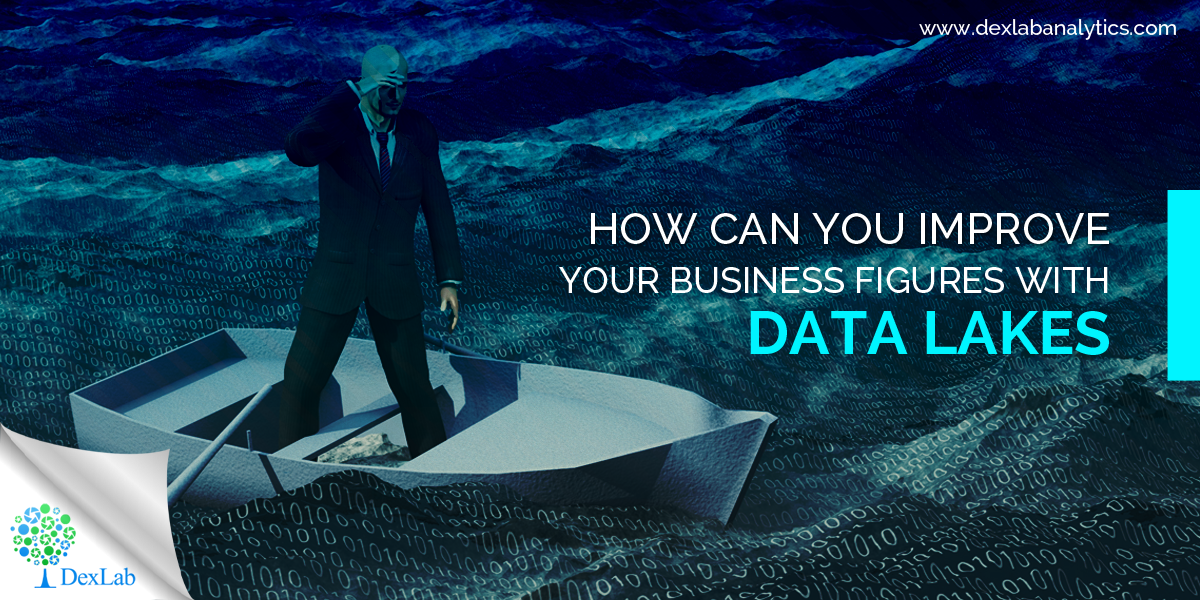Today, data lakes are springing up here and there. And with that, the composition structure of data lakes is changing. As more and more data are moving towards cloud, data lakes are shifting focus towards cutting edge sources, like NoSQL, while cloud data warehouses are emerging across hybrid deployments.
A humongous amount of data is being churned out on digital platform each day. IBM says as much as 2.5 quintillion bytes of data is created on a daily basis. Now, this ever-expanding amount of data needs for proper storage system – for that, data lakes have been constructed to hold data in its raw form. In these vast storehouses, data remain mostly in their unstructured state, which is pulled out by data scientists to remodel and transform them into versatile data sets for future use.
Data lakes ensure better business agility, but how? Data lakes are superior storage models that endure multiple distributions and diverse workloads of varying sizes and types. Data scientists working on such intricate systems first streamlines the massive data sets from numerous applications and then pools the data into a single logical storage solution. Remember, the data can be anything: files, video, audio, images, simply anything.
One of the most compelling reasons to opt for data lakes is cost reduction: data lakes directly feed into data in its raw format instead of transferring it into any purpose-built data store. They have the ability to analyze and generate information from its original format, then and there, thereby reducing the cost of data transformation. Moreover, it tackles the explosive issue of big data. The data generated in big data is of complex type, but it is data lakes that easily solves the complex situation and hits off the desired results.
As a result, a wide number of organizations have started looking up to this systematic solution of data lakes as an elixir of data issues. “We are seeing increased adoption of data lake initiatives where organizations are very focused on governance of the data in the data lakes, increasing benefits through advanced analytics and machine learning and deployment of hybrid environments, including cloud,” Tendü Yoğurtçu, Syncsort’s CTO, noted in a recent statement releasing last month.
“But those benefits can only be unlocked if organizations have access to enterprise data, can create trusted data sets and establish effective data governance practices,” Yoğurtçu added. “This propels them to a place where they can not only adapt to digital disruption, but take advantage of it so their businesses thrive.”
Nevertheless, in spite of all the good things, data lakes do face some challenges, like high maintenance cost, slow data integration and slow and expensive boarding of data. For this, there are many organizations that think twice before adopting data lakes, thus haltering the growth of data lakes industry.
Present-day scenario touts data lakes as being the best alternative to archaic data warehouses, owing to their faster to implement approach and quicker insight drawings. Get online certificate in business analytics from industrial experts with years’ worth of experience only at DexLab Analytics.
Interested in a career in Data Analyst?
To learn more about Machine Learning Using Python and Spark – click here.
To learn more about Data Analyst with Advanced excel course – click here.
To learn more about Data Analyst with SAS Course – click here.
To learn more about Data Analyst with R Course – click here.
To learn more about Big Data Course – click here.
Business analysis training, business analytics, business analytics certification, Business Analytics Online, online certification, online courses



Comments are closed here.